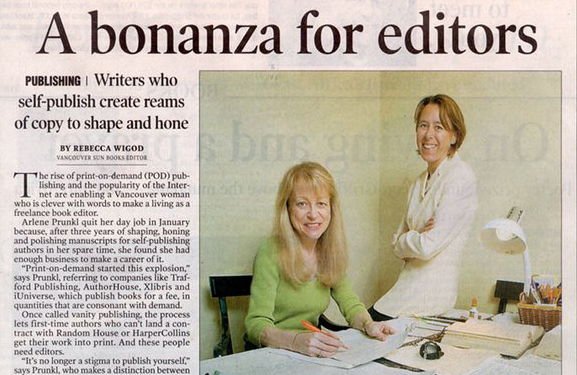The importance of copy editing
My membership in the Editors’ Association of Canada includes a subscription to its listserve (chat forum). The subject of a current discussion thread is the value of a copy editor, which began with a complaint that if Dan Brown had been provided with a copy editor for his latest novel The Lost Symbol (and his previous novels), he didn’t make much use of him/her. This post led to a long discussion. Many of my colleagues are horrified at Dan Brown’s appalling sentence construction and plot inconsistencies, all pointing to an apparent lack of good copy editing.
